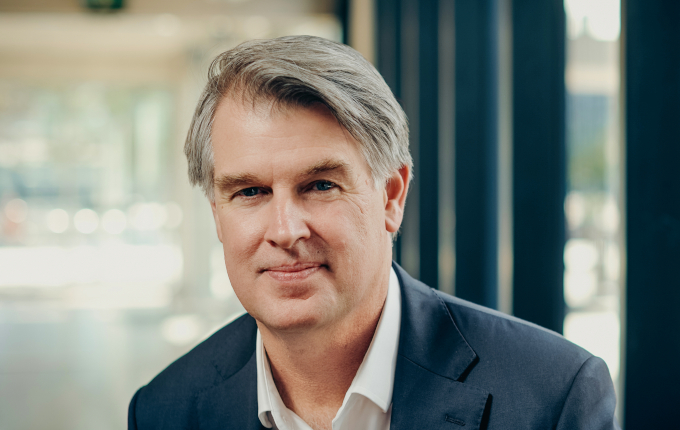The Urgent Need for Climate-resilient & Renewable Infrastructure
According to the OECD, there is a significant gap between total projected infrastructure needs and trends in infrastructure investment.
It estimates USD $6.3 trillion per year is required under business-as-usual just to meet the infrastructure needs for continued economic development, while global investment was estimated to be USD $3.4 trillion in 2014. (Source: OECD Environment Policy Paper No. 14)
This translates to an additional need for USD $3+ trillion a year of investments into climate related infrastructure.
In a report co-written with the Inter-American Development Bank, Mercer proposed that to develop sustainable infrastructure, we must reduce about 30% investments from traditional energy infrastructure, with similar increases into energy efficiency and low-carbon core infrastructure.
The Opportunity Set in Energy Transition
This enormous need for financing this transition will have to be funded from a mixture of public and private resources.
“Investing in sustainable infrastructure is the growth story of the future”
The Global Commission on the Economy & Climate (2016)
The challenges of building climate and energy transition infrastructure vary by country or region.
In emerging and developing markets, it’s about building new infrastructure as part of urbanisation and city development, as well as providing basic needs such as access to energy, transportation, telecommunications and utilities.
For developed nations, the focus is on replacing and upgrading existing infrastructure and networks.
Furthermore, countries must be cognizant of the increasing occurrence and frequency of natural disasters and the need to incorporate climate resilience into new or existing infrastructure.
In Australia, this involves moving to non-carbon polluting energy generation, such as wind and solar generation. This involves not just investments into power generation, but more critically, additional commitment into overhauling the overall energy grid.
Government estimates indicate that more than A$80 billion will be required to be invested in decarbonisation in Australia by 2030.
The [i3] Energy Transition Infrastructure Forum will bring together institutional investors with responsibilities for infrastructure and sustainability, to discuss capital allocation strategies for this asset class.
Discussion points include:
- Investing in renewable infrastructure and energy transition as part of investor asset allocation strategies
- Funding the transition in the context of net zero commitment and decarbonisation pathways
- Beyond wind and solar – which other sectors or technology are attractive? Eg batteries, distributed energy, hydrogen, transmission assets etc
- Offshore opportunities due to favourable policy frameworks: US Inflation Reduction Act, European Green Deal
- Financing the transition through the capital stack: Debt vs Equity. Taking private?
- Long term macro trends and structural changes: Investments required to transition from brown to green? Pricing stranded assets?
- Geopolitics of climate change and energy security: Onshoring of supply chain and manufacturers, new industrial processes, emerging markets
- The role of natural capital in energy transition
- Understanding the nature of critical minerals in energy transition: Lithium, cobalt, copper



![[i3] Energy Transition Infrastructure Forum | Investment Innovation Institute](https://i3-invest.com/wp-content/uploads/2023/06/Salmon_SlideShow_Standard_noMashead-544x430.jpg)


